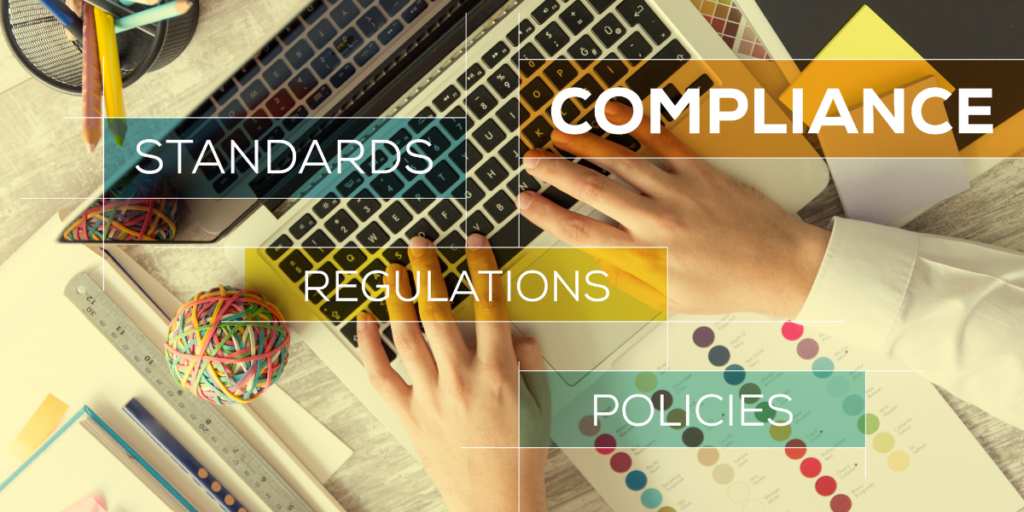If you’re working in a school district, especially in special education, you’re likely familiar with IEPs (Individualized Education Programs) and the important role they play in providing students with the support they need to succeed. But what happens when an IEP isn’t followed? It might seem like a small oversight, but in reality, not adhering to an IEP can lead to serious consequences—both for the student and for the school district.
💡 You can also download this resource as a PDF here.
The Problem: Not Following the Rules and Regulations of the IEP
In an ideal world, every IEP would be followed to the letter. After all, these plans are crafted with the intention of meeting the unique needs of students with disabilities. However, it’s not uncommon for districts to face challenges when it comes to fully implementing these programs. Whether it’s due to misunderstandings, administrative oversight, or resource limitations, failing to follow an IEP can be an unfortunate reality in many school systems.
When IEPs are ignored or improperly implemented, students are the ones who suffer most. They may not receive the specialized instruction, services, or accommodations they need to thrive in the classroom. For school districts, non-compliance can result in legal consequences, strained relationships with parents, and potential loss of funding. The bottom line? Failing to comply with IEPs creates unnecessary risks for everyone involved.
The Solution: IEP Compliance
The solution to this problem is simple but essential: compliance. Strictly following the terms of each student’s IEP is not just a best practice—it’s the law. The Individuals with Disabilities Education Act (IDEA) mandates that IEPs be followed to ensure students with disabilities receive the appropriate education and services. When schools comply, they’re not just fulfilling a legal obligation; they’re also fostering a learning environment where every student has an equal opportunity to succeed.

What is Compliance, and Why Does it Matter?
Compliance means ensuring that each aspect of a student’s IEP is executed as outlined. This includes delivering the right accommodations, modifications, and specialized services. It also means keeping accurate records and communicating regularly with parents, as required.
But why is this so important? Compliance with IEPs ensures that students with disabilities receive the tailored support they need to access their education. By adhering to the plan, you’re guaranteeing that they’re not left behind. Moreover, it helps avoid potential legal challenges. School districts that fail to comply with IEP requirements can face lawsuits, federal investigations, and the risk of losing state or federal funding.
For educators and administrators, compliance also promotes consistency. Clear expectations are set for both staff and students, ensuring everyone knows what to do and when to do it. With the proper systems in place, following an IEP becomes an organized and manageable process.
How to Ensure Compliance: A Collaborative Approach
So, how do we ensure that IEPs are followed consistently? The first step is understanding that compliance is a team effort. It’s not just the responsibility of the special education teacher—it involves everyone, from school nurses and paras to service providers, administrators, and even the superintendent.
Here are a few key strategies for ensuring compliance:
- Clear Communication: Ensure that all team members understand their roles in the IEP process. Regular meetings to review and discuss the IEP can help clarify expectations.
- Professional Development: Providing ongoing training for staff ensures that everyone is up to date on the legal requirements and the best practices for implementing IEPs.
- Tracking and Documentation: Use tracking systems to monitor progress and make sure services are being delivered on time. This could be anything from digital platforms to paper-based logs—whatever works best for your district.
- Parental Involvement: Keep parents informed and involved in the IEP process. Open lines of communication build trust and ensure that the plan stays on track.
- Resource Allocation: Ensure the necessary resources are available, whether it’s special education teachers, paraprofessionals, or assistive technology. You can’t comply with an IEP if you don’t have the tools to do so.

Why Compliance Solves the Problem
When IEPs are followed correctly, the problems associated with non-compliance essentially vanish. Students receive the support they need to succeed academically and socially. School districts avoid costly legal disputes, maintain positive relationships with families, and ensure equitable education for all students.
Additionally, compliance fosters a sense of accountability across the entire district. When staff and administration are all on the same page, there is less room for confusion or error. The process becomes smooth and efficient, and students benefit from a consistent, well-structured educational experience.
In Conclusion: Compliance as the Key to Success
Compliance with IEPs is not just a legal requirement—it’s a pathway to better outcomes for students and a healthier environment for educators and administrators alike. By staying committed to IEP implementation, school districts protect themselves from legal troubles, strengthen their relationship with students and parents, and most importantly, ensure that students with disabilities have the tools they need to succeed.
It’s not just about following the rules—it’s about doing what’s right for students, for your district, and for the community as a whole. So, let’s stay compliant, stay organized, and, above all, stay committed to the success of every student.
About the Author: Jaclyn Miranda is a Client Solutions Specialist at Go Solutions, where she focuses on consulting with clients to develop personalized strategies that address their unique challenges. Drawing on her background in education and behavioral health, she excels at offering insightful, tailored guidance to help clients optimize their operations and achieve their goals. Jaclyn’s consultative approach is centered on building long-term relationships, ensuring that each solution is aligned with her clients’ needs and contributes to their ongoing success.





